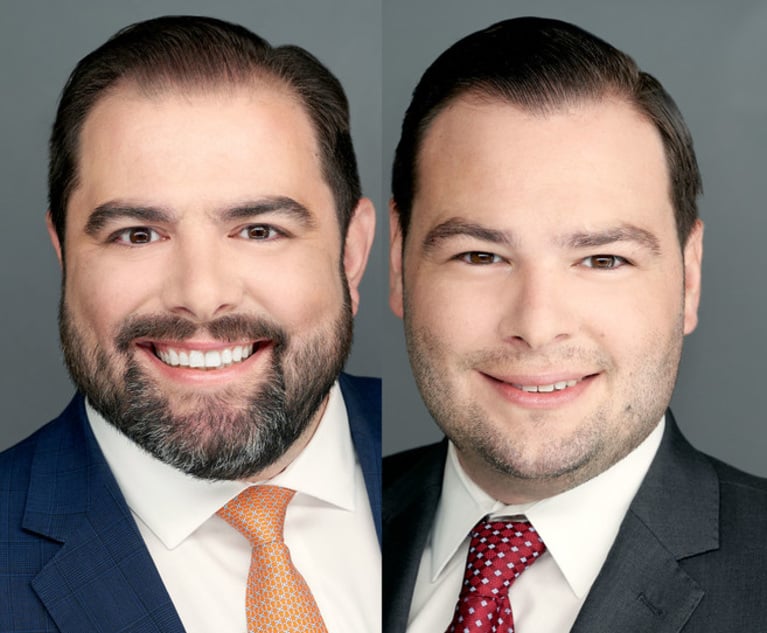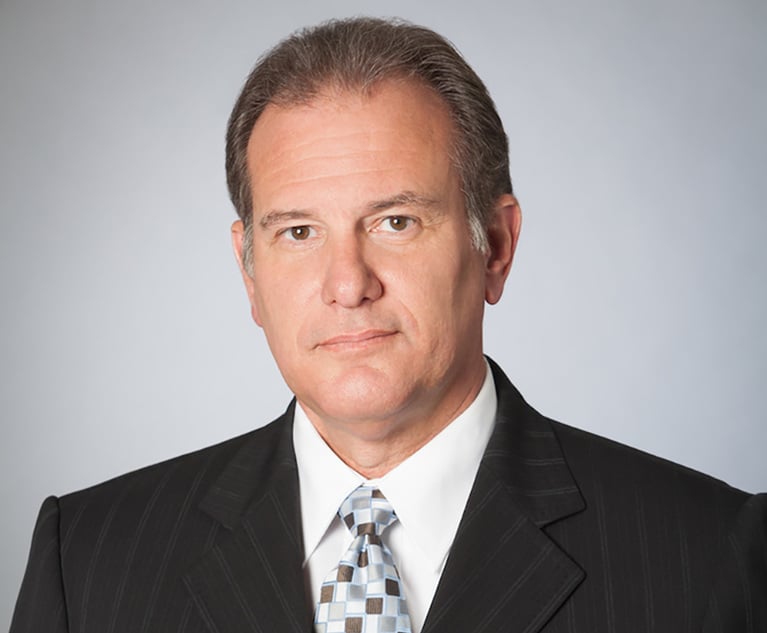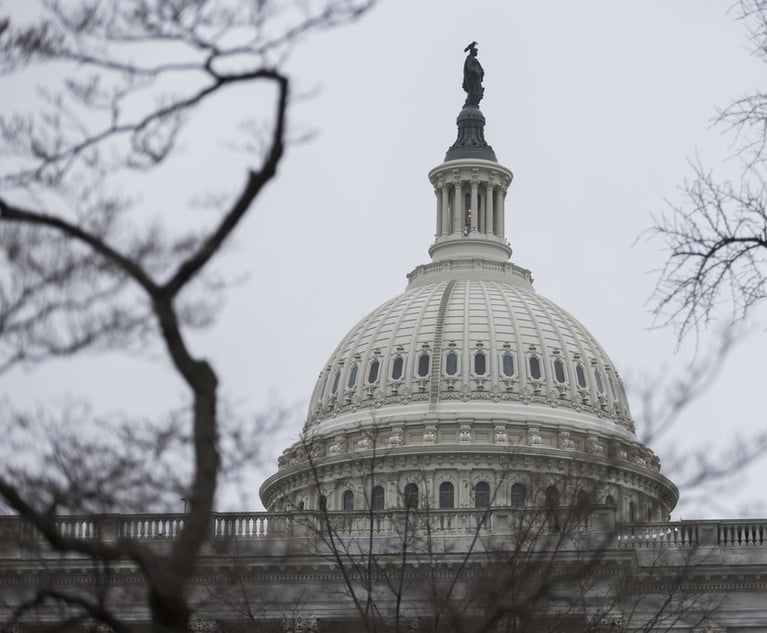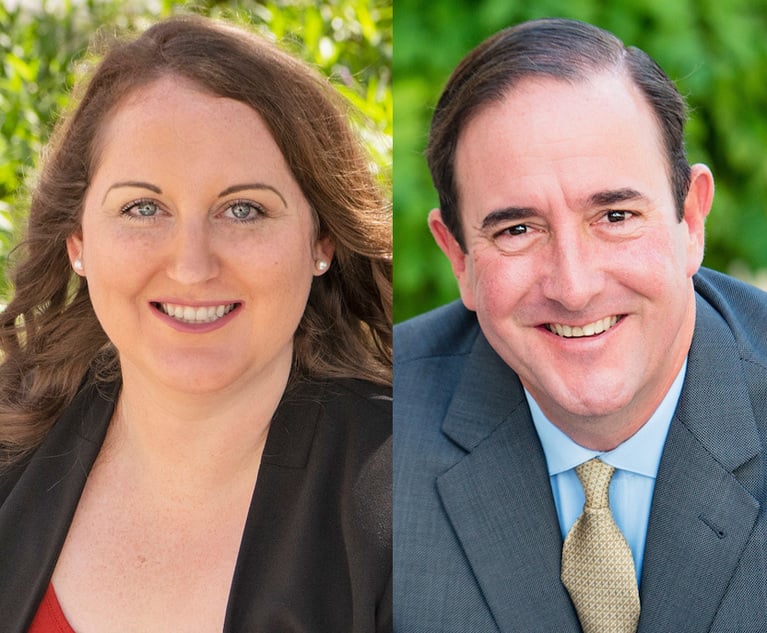With its rich history of acclaimed golf courses, “The Sunshine State” has become a preferred destination for real estate developers seeking to build the next great golf course community. Including a golf course in a new residential community is a popular strategy implemented by developers to increase home values and promote sales. A common model in Florida is for the community to be governed by a homeowners’ association (HOA) and the golf course is separately owned, operated and maintained by a golf club.
There are two varieties of this model that developers commonly incorporate in an HOA’s Declaration of Covenants, Conditions and Restrictions (Declaration). Under the first variety, members of the HOA are also mandatory members of the golf club. As mandatory members of the golf club, they are required to pay a golf club membership fee. Under the second variety, members of the HOA can voluntarily opt-in to become members of the golf club, but golf club membership is not a mandatory condition of owning a home in the community. From a sales perspective, the voluntary model has traditionally been popular with developers because it makes selling lots easier. The lots come with a right to opt-in for golf club membership and pay the golf club membership fee, but there is no requirement to do so. This article explores the tough decisions and legal implications faced by Florida HOAs when their voluntary community golf clubs do not generate enough income to cover the long-term costs of operating and maintaining the golf course.


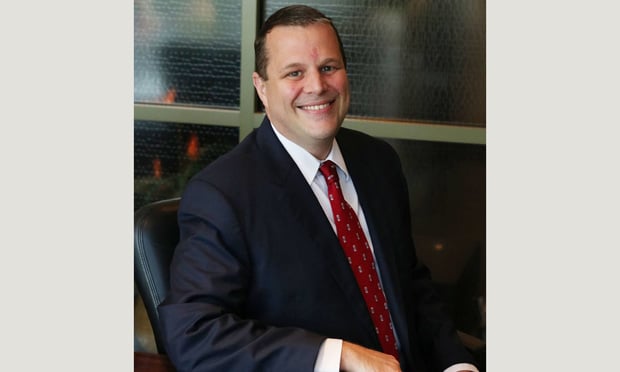 Toby Snively, with the Law Offices of John L. Di Masi in Orlando.
Toby Snively, with the Law Offices of John L. Di Masi in Orlando.
